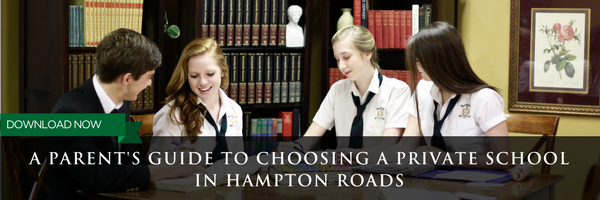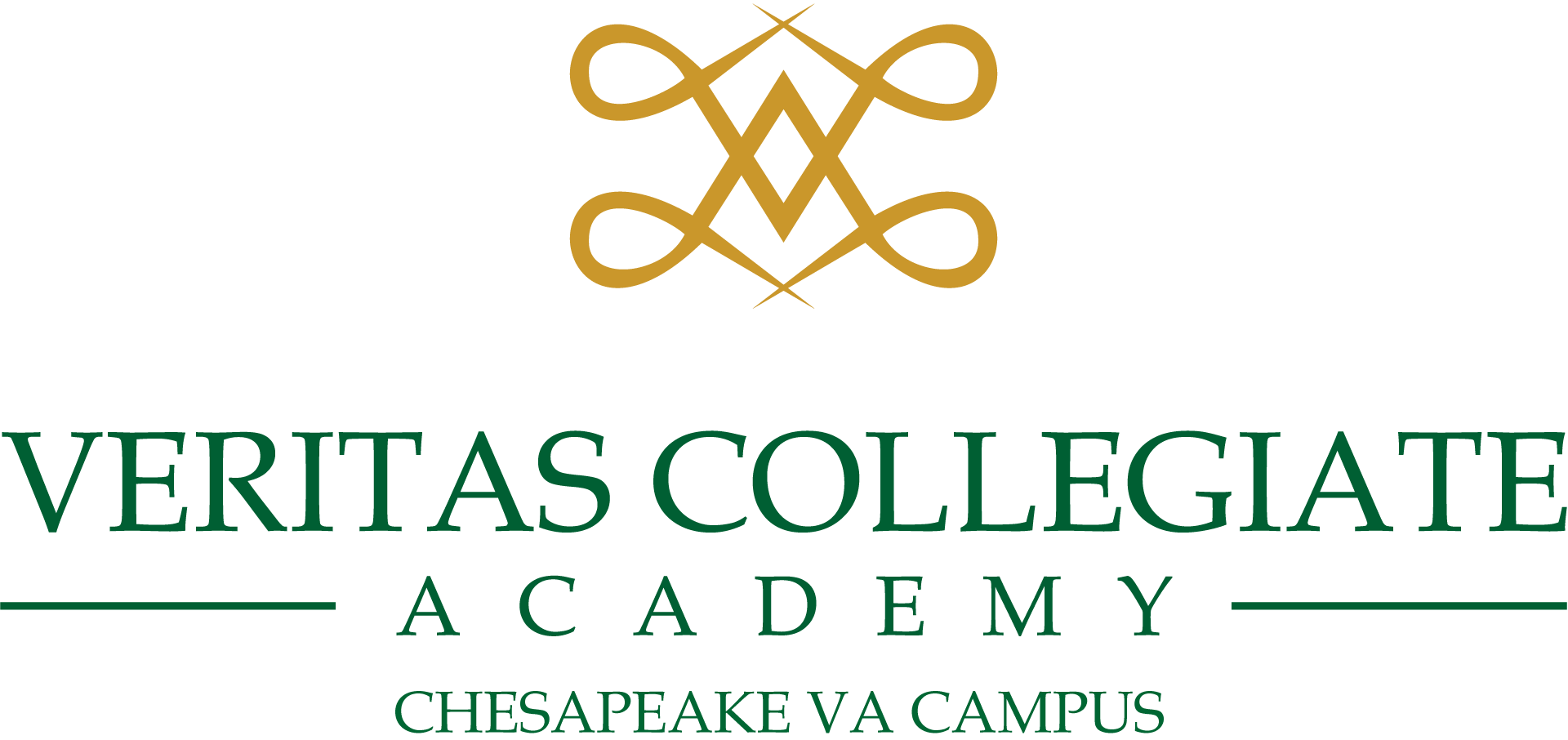
Classical education is designed to achieve academic excellence. Many have written on the subject of classical education, but this article will, hopefully, provide elementary insight if you are unfamiliar with the classical model. The key components of the classical model are the three learning stages and the Socratic method of teaching.
A fundamental benefit of the classical model is that it is naturally designed. What this means is that the educational model is designed for teachers to instruct in a manner aligned with how children learn, specifically during three different developmental stages. These stages are referred to as the Grammar, Logic and Rhetoric stages, known as the Trivium.
First is the Grammar stage, which is generally grades K-6. It is characterized by rote memorization, sing-song and physical activities. Children at this stage are capable of learning quickly, especially through song.
Most importantly, the students regurgitate learned facts to their parents, and the parents provide encouragement to their children. This is a very important part of childhood development.
The second stage is the Logic (or Dialectic) stage, which is characterized by debate. Most recognize that teenagers in their early years like to argue and prove how much they know. So, if they want to debate, then naturally, we should teach them to debate well.
Rather than telling teenagers not to argue, instructors at classical schools funnel their students' desire to debate into creative classroom assignments, as well as tailor classes to their students' interests.
Finally, the Rhetoric stage teaches eloquence. Young adults in high school are very concerned with their appearance, both physically and socially. Therefore, we can capitalize on this by improving their learned debate skills and by teaching them to be persuasive.
The art of persuasion revolves around facts as well as articulation. Thus, teach children facts early, then teach them to think logically and finally, train them to be persuasive by articulating arguments based in facts and logic.
A critical aspect of the model is using the Socratic teaching method, which is unique to classical schools. Teachers do more than simply provide answers to their students' questions. Rather, Socratic teaching trains children how to think and to explore questions, not merely know the answer provided.
In the end, the child should learn how to learn and not what to learn. If the child knows how to learn, then they can be life-long learners and apply facts, logic and eloquence to any endeavor.
For more information on the classical model, I would recommend three key pieces of literature, including Dorothy Sayers’ paper, The Lost Tools of Learning. The classical education movement got its roots here. Similarly, Douglas Wilson’s book The Case for Classical Christian Education is highly informative. Finally, Wisdom and Eloquence by Robert Littlejohn and Charles Evans is a great complement to Wilson’s book. I recommend starting with Appendix A, A Message to Parents.
Hopefully this article and their writings encourage you to learn more about classical education.


.png?width=1920&name=VCA%20VA%20Logo%20White%20PNG%20(1).png)